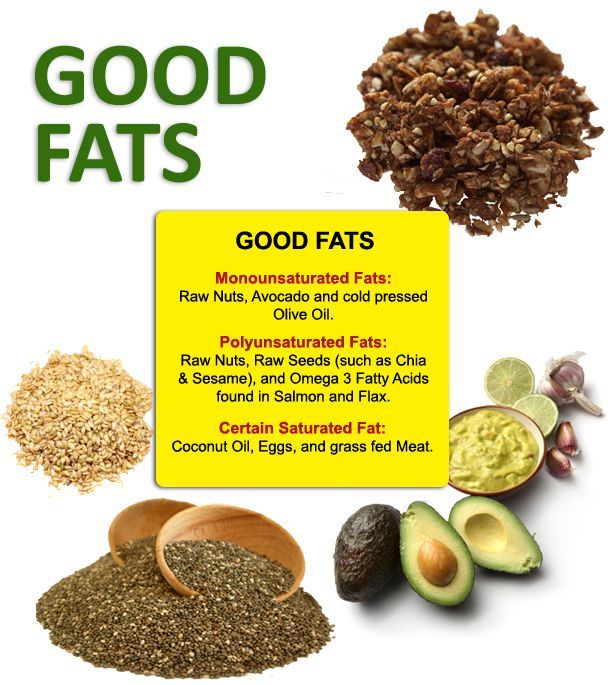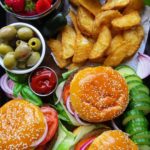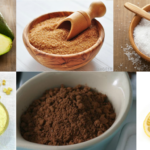I often mention cleaning eating in my blog and I often receive messages about what I mean by that so I thought I would write a post explaining it. For starters clean eating is not a diet — You don’t have to count calories or eliminate a food group which is great news for those like myself that have very low willpower when it comes to sticking to diets. Clean eating is a lifestyle choice that embraces the consumption of more healthy items such as vegetables, fruits, whole grains, healthy fats and proteins while cutting down on refined sugars, excessive salt, unhealthy fats and processed foods. If you are looking to improve your diet, nutrition, overall health and energy level, clean eating is definitely the way to go. Here are some tips to get you started:
1. Limit processed and pre-packaged foods
Processed food refers to anything that has been altered from its natural state for safety reasons (such as pasteurized milk), convenience or shelf-life. Please note that not all processed foods are bad, for example: healthy cereal, dry roasted nuts, and frozen fruit. Nonetheless many processed foods such as hot dogs, and deli meat are full of chemicals and excessive sodium. Cake and bread mixes, packaged cookies and snacks, sugary cereals, canned fruit in sugar syrup, canned foods and soups that contain excess sodium, and frozen dinners are the types of processed foods that should be avoided.
2. Cook more often
Cooking your own meals gives you the freedom to decide what exactly goes in your body. By buying organic meats and produce, you can reduce the consumption of food with chemical residues. When you choose to cook your own meals (rather than getting take-out, or buying pre-packaged foods), you will avoid artificial colours, flavours, and preservatives. You also have control over the quality and nutritional value of the ingredients used in your meal. Locally grown food is more fresh and therefore is more nutritious. Preparing your meals at home also gives you control over the cooking method used. You may choose to bake instead of deep-frying or roast vegetables instead of boiling (roasted vegetables especially with the skin on preserves a lot of the vitamins that may be lost when boiling). When cooking opt for healthy cold-pressed oils such as olive oil and use a limited amount of salt.
3. Increase veggie and fruit intake
Many vegetables are loaded with fibre amongst many other nutrients. Fibre keeps you fuller longer and an adequate daily intake of fibre is essential for maintaining a healthy heart and preventing diabetes, high cholesterol, and certain types of cancers while improving digestive health. Because vegetables are low in calories, you can eat as much as you want without worrying about weight gain. To increase your veggie intake try adding a salad of dark greens such as baby spinach, arugula, or kale to your meals and opt to snack on fresh-cut veggies. Fruits are naturally sweet and they can easily take care of any sugar cravings. Adding fresh, frozen, dried fruits or a fresh smoothie to your daily diet is an easy and delicious way to increase fruit intake. Eating fruits and vegetables that are in season will ensure freshness and keep your costs to a minimum.
4. Choose whole grains
Whole grains retain all the parts of the kernel (bran, endosperm, and germ) and contain fibre, protein, and minerals such as selenium, magnesium and potassium. In comparison, refined grains such as white flour, are processed to the point where they are stripped of their natural goodness. Refined grains are found in many pre-packaged foods such as baked goods, pre-packaged snacks, and junk items. However, it is quite easy to replace refined grains with whole grains — Instead of white bread choose whole grain bread, swap white rice with brown rice, replace white pasta with whole grain pasta, and most importantly limit store-bought baked goods which often contain refined grains and sugar, saturated fats, and excessive sodium. Some other whole grains you may wish to include in your diet include: quinoa, oats, amaranth, buckwheat, and barely.
5. Reduce refined and added sugar
Most people consume a lot more than the recommended daily maximum intake of sugar. Over-consumption of refined sugars has been linked to obesity, diabetes, and certain types of cancer. To cut down on your daily sugar intake, you can start by slowly reducing the amount of sugar in your morning tea or coffee. You can also limit juices, baked goods, and pre-packaged foods. Snack on sweet fruits or even a fruit salad to take care of sugar cravings and make smoothies with fresh fruit rather than buying juice with added sugars. If your smoothie is lacking sweetness, consider adding a very ripe banana, a few dates, or some honey. Lastly, be aware of sugars that can be present in normally healthy foods such as cereals and tomato sauce. Always read the label to ensure that sugar is not the first few ingredients that are listed.
NOTE: The recommended daily maximum intake of sugar for women is 6 teaspoons and 9 teaspoons for men.
6. Reduce salt intake
Although salt is essential for proper body function, excess sodium in the diet can lead to high blood pressure as well as heart and kidney damage. You can decrease salt intake in your everyday cooking by reducing salt a little by little. Instead of using salt for flavour, use herbs, balsamic vinegar, or lime juice for added flavour. Avoid fast foods which may be contain excessive salt as well as MSG, pre-packaged foods such as frozen dinners, canned soups and vegetables, bouillon cubes, snack items such as chips, and deli meats. Look for low-sodium options when shopping for items such as crackers or naturally-brewed soy sauce.
7. Replace unhealthy fats with healthy fats
Unhealthy fats are detrimental to your health — they may cause an increase in bad cholesterol and certain types of diseases. In contrast, healthy fats help increase good cholesterol thereby reducing bad cholesterol. Healthy fats such as Omega-3 fats, promote well-being by improving overall mood and cognitive functioning, fighting fatigue, reducing inflammation in the body, and lowering your chances of disease. Some examples of healthy fats include: high quality dairy, avocados, nuts, coconut, fatty fishes such as salmon, sardines, mackerel, and tuna, olives, eggs, flaxseeds, and cold-pressed oils such as olive and sesame seed oils. You can avoid most unhealthy fats by limiting processed meats, take-out, deep-fried foods, pre-packaged baked goods and snacks, and high-fat salad dressings, mayonnaise, and packet sauces. Always read the label and be on the lookout for trans fat or anything that contains partially-hydrogenated oils.
NOTE: Unfortunately nearly all fish contain pollutants such as toxic mercury. Mercury is more prevalent in larger fish such as king mackerel, shark, and albacore tuna. Limit consumption of larger fish and choose seafood that may be lower in mercury such as shrimp, salmon, and pollock.
8. Eat less meat
Reducing your consumption of meat is not just good for the environment — it’s beneficial for your body too. When you eat less meat or switch to a vegetarian diet you may notice that you lose weight and see improvements in your blood sugar and cholesterol levels. This will greatly diminish the risk of diabetes, high blood pressure, stroke, and cardiovascular disease. Studies show those that follow vegetarian and vegan diets have very low risks of developing certain types of cancer. When you choose to eat less meat or become a vegetarian you will supplement your diet with sources of plant protein such as beans. Beans and other foods containing dietary nitrates are known to help improve energy levels over time. When shopping for meat, look for organic, grass-fed, and lean meats and poultry.
NOTE: Most people tend to eat more than one serving of meat at a sitting. One serving of meat is actually just 3 ounces, which is about the size of your palm or a deck of cards.
9. Stay hydrated
Researchers have suggested that staying hydrated helps improve both mood and memory as well as remove wastes and cleanse toxins from the body. It is important to drink plenty of water for optimal health. Water is necessary for good cardiovascular and digestive health, regulating body temperature, and for lubricating the joints. Other healthy beverages include: green, white, and black tea, cold-pressed juices with no added sugars, home-made smoothies, vegetable juices with no added sugars, organic aloe water, and organic coconut water. Be aware of store-bought juices, shakes, and smoothies, as they may sound healthy but contain added sugars. Making your smoothies, juices, and lemonades at home allows you control over the quality of the ingredients. Avoid pop, artificial juices, and sports drinks which may contain added sugars, caffeine, preservatives, artificial colours and flavours.
10. Limit alcoholic beverages
If you consume alcohol, stay within the daily maximum limit (2 drinks maximum) and opt for a cleaner version such as wine rather than beer or mixed drinks which contain added colour, flavours, and sugars.
Eating clean is about choosing more real, fresh, and natural foods which are grown on the ground, ocean, or local farms while avoiding and significantly limiting the readily available manufactured and processed foods. For those of you who don’t normally eat healthy, eating clean may be a difficult adjustment. If this seems overwhelming, start with one step at a time. The more healthier choices you make, the more easier it will get to commit to eating clean.
Feature Image: motiveweight.blogspot.com





